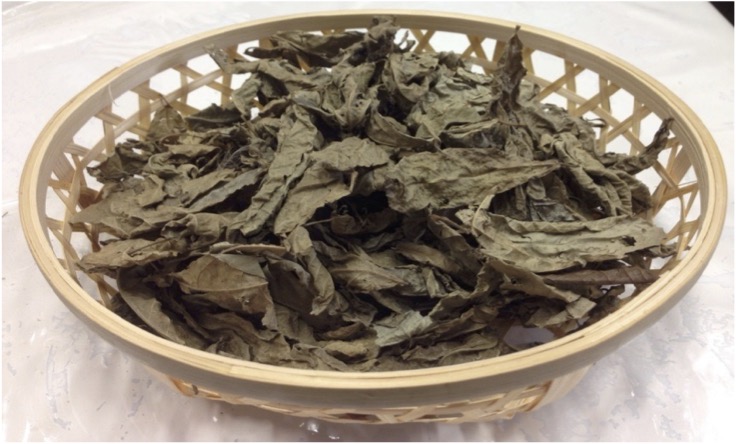
Mallotus furetianus, a tropical plant of the Euphorbiaceae family, native to Hainan Island, China.
Credit: Akiko Kojima, Osaka Metropolitan University
Scientists discover that Mallotus furetianus, native to Hainan Island, China, has antiobesity effects. Scientists tested the antiobesity effects of Mallotus furetianus extract native to Hainan Island, China, using obesity model mice. As a result, body weight and adipose tissue weight of obesity model mice were significantly reduced by the intake of Mallotus furetianus extract. Fatty liver was suppressed and adipocyte size reduction in adipose tissue was observed...
Read More









Recent Comments